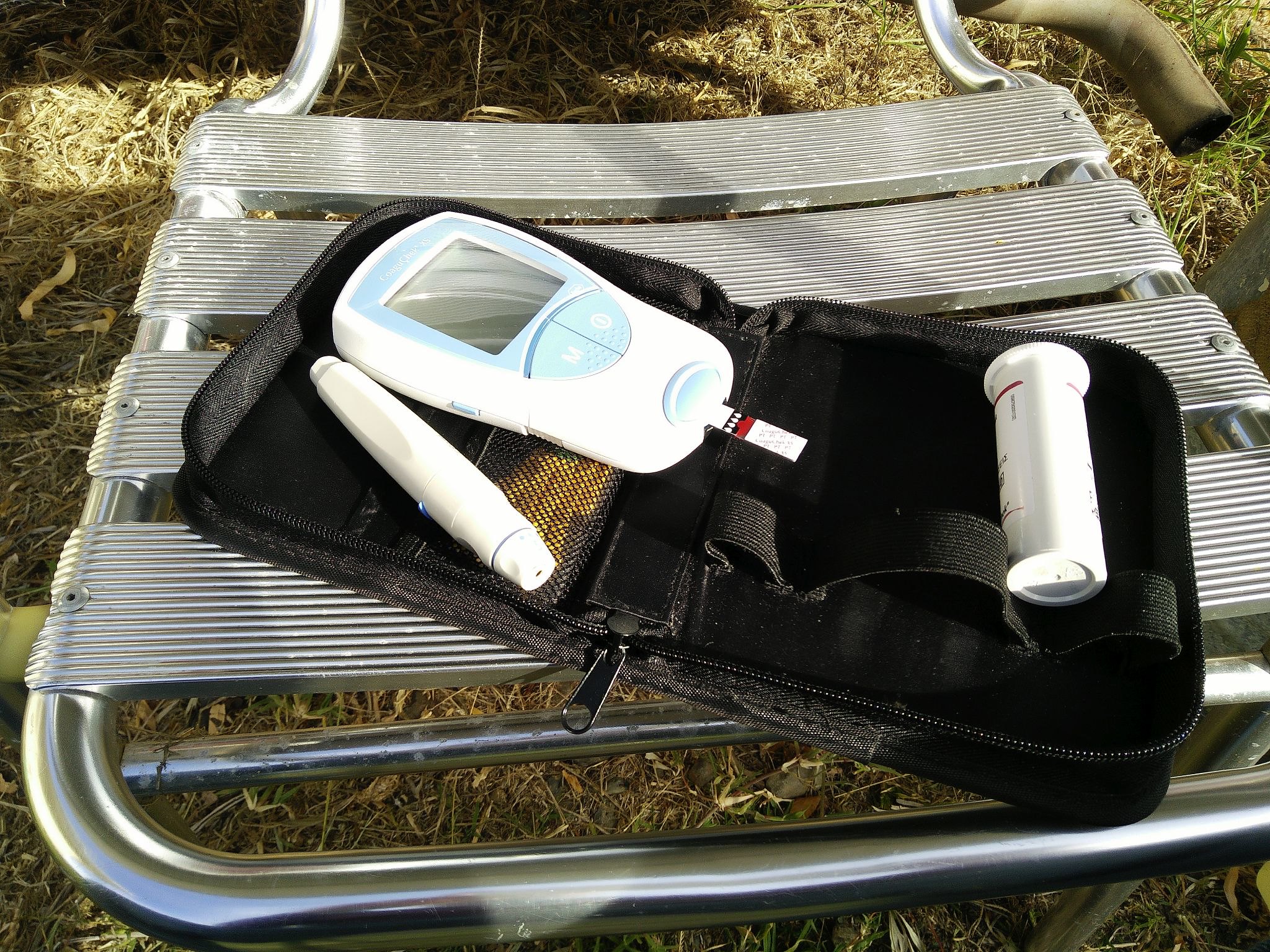I've skipped past some of the repetitive stuff in earlier messages to get to what I think is the real point.
If you previously self-tested (using that damned InRatio meter), self testing again shouldn't be a big deal.
The meters - CoaguChek XS, Vantus, or Roche's new model, or the Coag-Sense all come with built in quality control.
They have to.
These meters are used in clinics, doctor's offices, and possibly even hospitals, and people use them for home testing.
Some meters probably do hundreds of tests a week.
They're designed to do thousands of tests - all tests must be within 20% of 'actual' INR (there's no such thing as an exact INR).
I wouldn't worry about buying a used meter - all but one of my meters has been used - and all have given 'accurate' results. I bought a used XS, missing the blue strip guide and battery cover, for $30. There's supposed to be a plastic piece that can make the meter functional - I didn't get one with my meter, but found that I can slide half of a used strip in the area where the blue guide used to be, and it worked. You may also be able to talk Roche into helping you.
These meters seem to have gone up in price - but I haven't checked eBay for a few weeks.
In regards to the strips - most sellers indicate the expiration date of the strips. In boxes of 24 or 48, strips sell for around $4 or so, each.
There are a lot of us, myself included, who manage our INRs. If you need help, Pellicle is a great resource.
If you're not comfortable with self-management, the expensive services can ask your doctor to do it for you -- or, perhaps, you can call your result in to you doctor and hope that you get good dosage advice. In my experience, the people here know a lot more about INR management than most doctors or clinics. We have to - our lives depend on it.

























